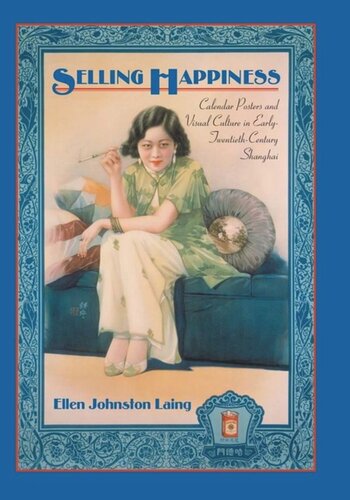

Most ebook files are in PDF format, so you can easily read them using various software such as Foxit Reader or directly on the Google Chrome browser.
Some ebook files are released by publishers in other formats such as .awz, .mobi, .epub, .fb2, etc. You may need to install specific software to read these formats on mobile/PC, such as Calibre.
Please read the tutorial at this link: https://ebookbell.com/faq
We offer FREE conversion to the popular formats you request; however, this may take some time. Therefore, right after payment, please email us, and we will try to provide the service as quickly as possible.
For some exceptional file formats or broken links (if any), please refrain from opening any disputes. Instead, email us first, and we will try to assist within a maximum of 6 hours.
EbookBell Team

4.1
80 reviewsFrom the early twentieth century until the Communist takeover in 1949, Shanghai commercial artists created thousands of colorful posters and black and white advertisements that formed an essential part of modern life in the city. This visually appealing and richly illustrated work describes the origin and evolution of modern commercial art in China, focusing on colorful advertisement calendar posters that featured distinctive feminine images. It makes clear how essential commercial art and its institutional backing were to the development of modern art and even modern society in China over the past century.
Selling Happiness discusses not only advertising art but also the production and marketing of the calendar poster. These posters, like other advertisements, were rendered in a Western realistic technique and were wildly and widely popular. Ordinary people throughout China often acquired them to decorate their homes. Laing outlines how the Chinese commercial artist, who rarely attended formal Western art classes, gained skills in Western representational art. In the final chapter of the book, she explains how the styles developed by the commercial poster artists during the 1920s and 1930s became the basis for certain types of propaganda art under the Chinese Communists in the 1950s and 1960s.